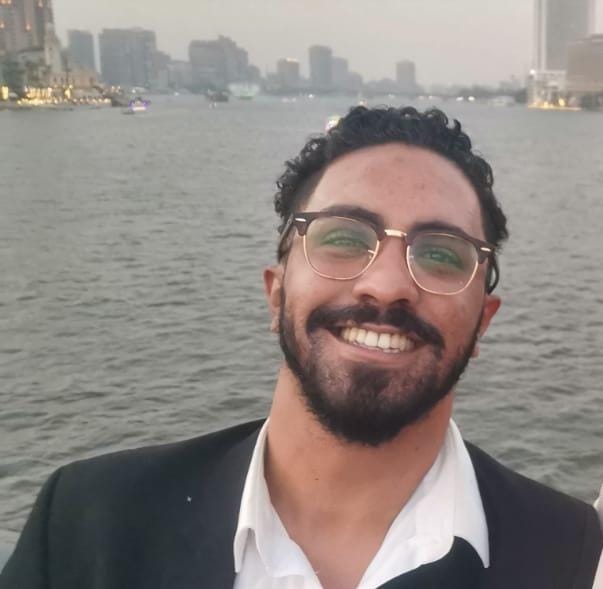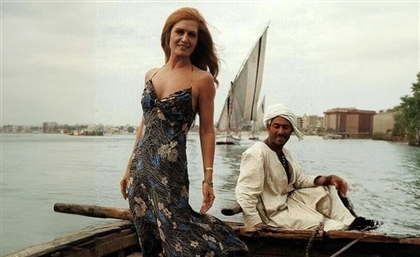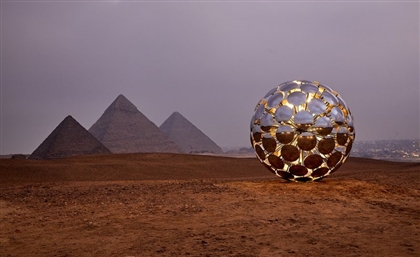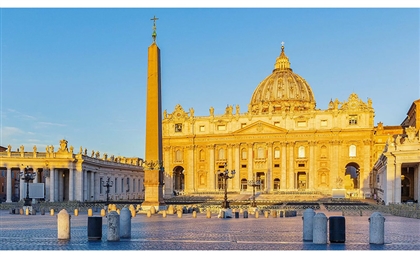Egypt’s Art and Liberty Group & the Creation of Egypt Surrealism
The Group aspired to create a new national modern art, inspired by the country’s working classes and expressing an ideal of a liberated creative community.
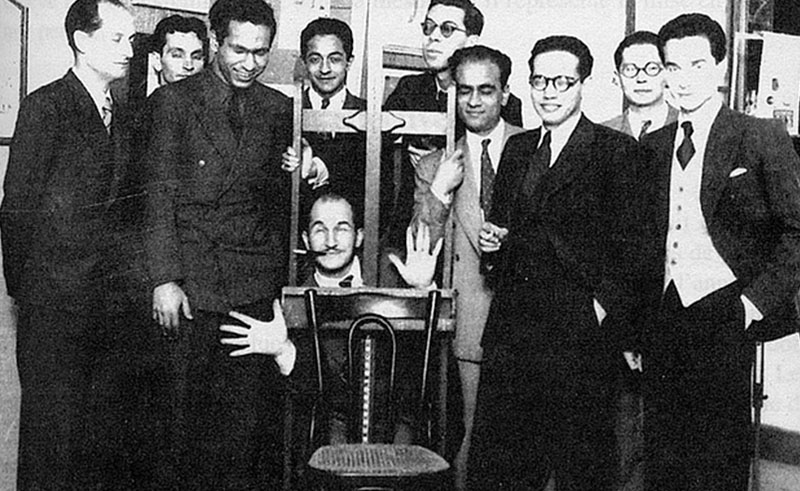
“Long Live Degenerate Art” was the rallying cry used by a group of artists, poets, writers who came together in Cairo and Alexandria, founding a native Egyptian artistic community extolling a new wave of artistic creation which had been exciting Europe- Surrealism. In 1939, as Hitler and Mussolini were ravaging Europe with their militaristic fascism, and along with it, erasing centuries of Jewish and Black art, culture, music and writing from the continent’s consciousness, ‘Art and Liberty’ was founded in Egypt.
“The members of the Art and Liberty group were mostly members of the old aristocratic Egyptian families, who had taken to Leftist thinking by way of their education in Egypt’s French schools,” Sayed Mahmoud, a researcher on Egypt’s Surrealist Movement, tells CairoScene.
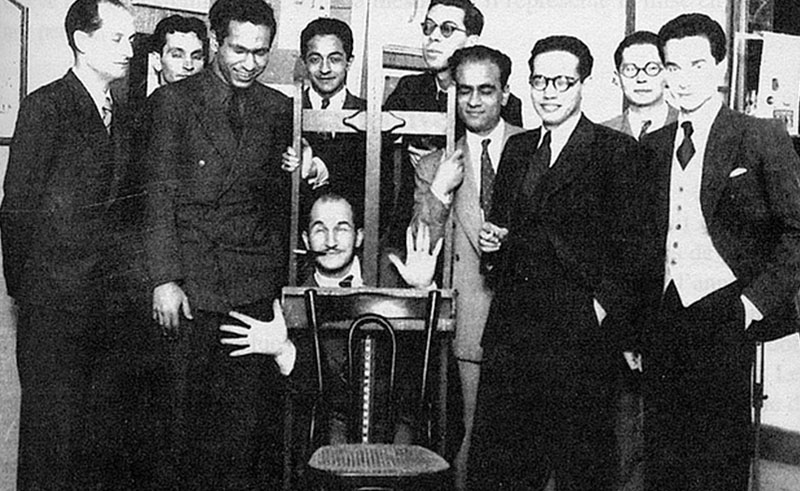
Reflecting an unorthodox model of creating artistic works, uninfluenced by the artistic establishment, Surrealism focused on bringing to the fore an automatic creation, rather than the thought-out approach that had been the method used by European artistic movements for centuries. It rejected Soviet institutional art as well as so-called continental ‘high-art’, and was inspired by the Russian revolutionary Leon Trotsky and French poet Andre Breton’s call for the creation of an independent revolutionary art. “This Movement aspired to express an absurdity in living… Almost showing a state of being drunk, a floating between reality and dreams.”
Amongst the biggest names in Egypt’s cultural milieu were attracted to the group, an eclectic mix of Muslims, Christians, Jews and members of the numerous minority nationalities resident in Egypt at the time, including painters Angelo de Riz, Adham and Seif Wanly and Inji Aflatoun, writers Ramses Younan and Albert Cossery and photographer Ida Kar. Their manifesto, which famously proclaimed “Long Live Degenerate Art” was a response to an exhibition held by the Nazi regime in Munich, in which Jewish, leftist and other “undesirable” artworks were exhibited as an example of the styles of art which were to be eradicated in the new fascist world order.
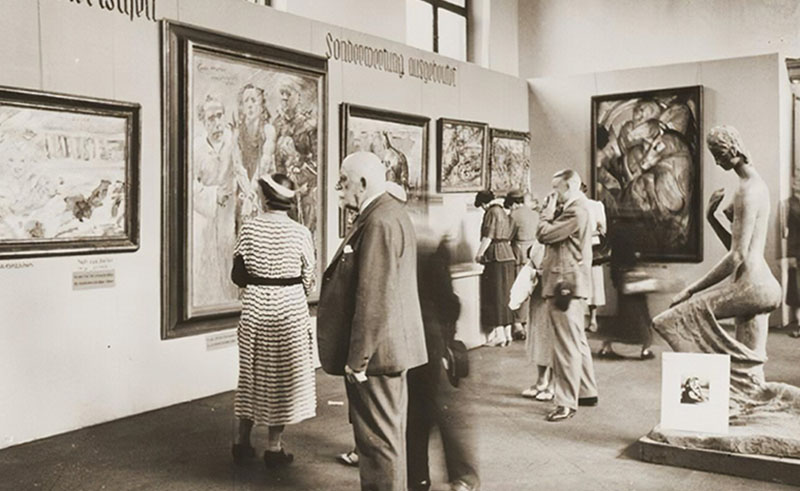
The commitment of a group of creatives in Egypt, so far away from the happenings in Europe, was curious at the time; a reflection of the cosmopolitanism of the Egyptian cultured classes, and perhaps a nod to the high amount of Jews and other emigres in Egyptian society, whose very essence and identities were being threatened by the global fascination with Hitler’s ideas.

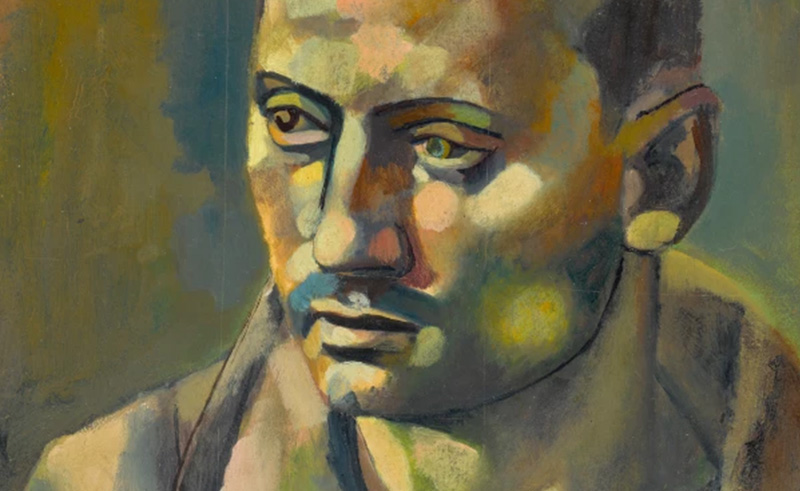
“These bright young people were excited, and artistic, and dedicated to a broader movement to espouse modern and progressive ideas in creative works. It was a turn away from the stuffy and ordered motifs favoured by their parents’ generation,” notes Mahmoud. “To them, art and politics were two arms of the same core, and through their art they aspired to assess social and class issues which were rife in Egypt at the time.”
Reclaiming “Degenerate Art” as something desirable and beautiful was the goal of Art and Liberty, and so, the artistic movement of Surrealism became a conduit to a broader way of self-expression. Their celebration of expressions deemed troublesome was, as Don LaCoss in his essay entitled ‘Egyptian Surrealism and Degenerate Art in 1939’ described it, “a defiant celebration of everything that fascism was horrified by: open imagination, experimentation, ambiguity of meanings, free expression, and the anarchic power of the unconscious.”
Egyptian Surrealism in particular aimed to take the notion of Surrealism and apply it in art to influence the adoption of art which was ‘Egyptian for Egypt’s sake’. In so doing, there was an emphasis on the portrayal of Egypt’s urban working classes and the agriculturalists who, to the leftist-minded, were the lifeblood of the country’s existence. Playing with the wistful emotions of their materially difficult lives, and fusing it with the lively colours of the nature and artisanry inherent to these classes of people, Egyptian Surrealism created art explicitly imbued with the nation’s social and historical context.
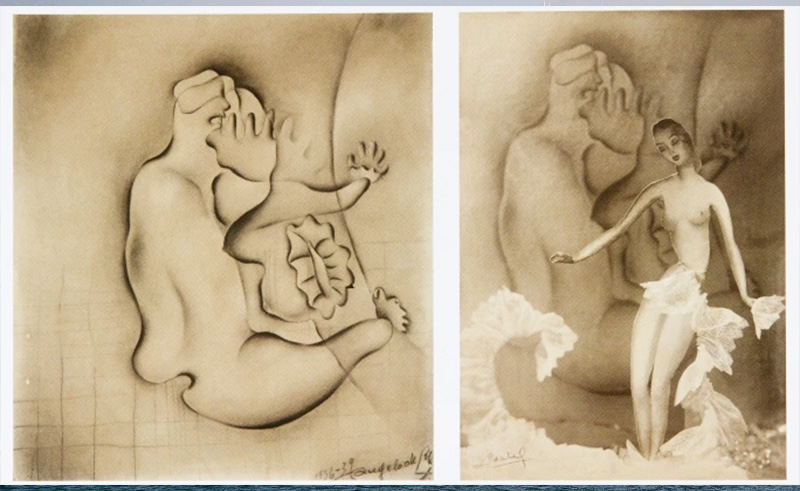
“Art and Liberty's writers were more outspoken in their outrage over social and economic inequities, such as the terrible poverty in Egypt that they believed could only be corrected with an anti-Stalinist Marxist restructuring of society: upper-class landowners enjoyed an almost feudal control over the lives of the fallahin, while in the cities, workers in small artisanal workshops, factories, and the transportation and service sectors struggled to organise trade unions that would ensure decent wages and job security,” writes LaCoss.
The Movement for a native, liberated art unfettered by institutionalism was swiftly destroyed after the 1952 Revolution, and the new Nasserist administration’s domination of the artistic scene to create a national art in service of the Revolution’s goals. Art and Liberty’s numerous Jewish and foreign members were expelled from the country following the numerous aggressions against Egypt in 1956 and 1967 in particular. So shrunk this group of spectacular individuals, and along with it, their dreamlike endeavour of creating a Degenerate Egyptian Art.
Legendary Egyptian artist Kamel el-Telmissany, a founding member of Art and Liberty perhaps best described the Group’s short-lived ideal:
“Sir, have you not seen the mulid sugar dolls with their four hands? Have you seen the little qaragoz puppets? Have you ever listened to the stories of Umm al-Shu’ur and Clever Hasan and their like from popular folklore? All these, sir, are examples of surrealism.
Have you been to the Egyptian museum? Many of the Pharaonic sculptures from ancient Egypt are surrealist. Have you been to the Coptic museum? Much Coptic art is surrealist.
Far from aping a foreign artistic movement, we are creating art that has its origins in the brown soil of our country and which has run through our blood ever since we have lived in freedom and up until now, my friend.”
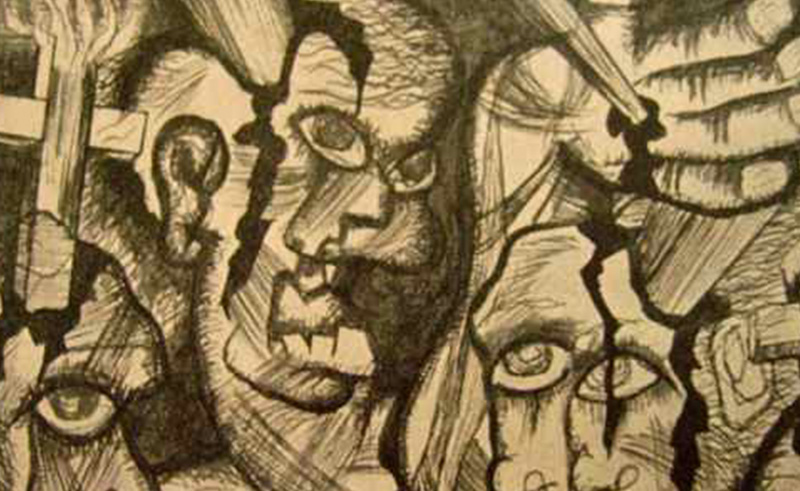
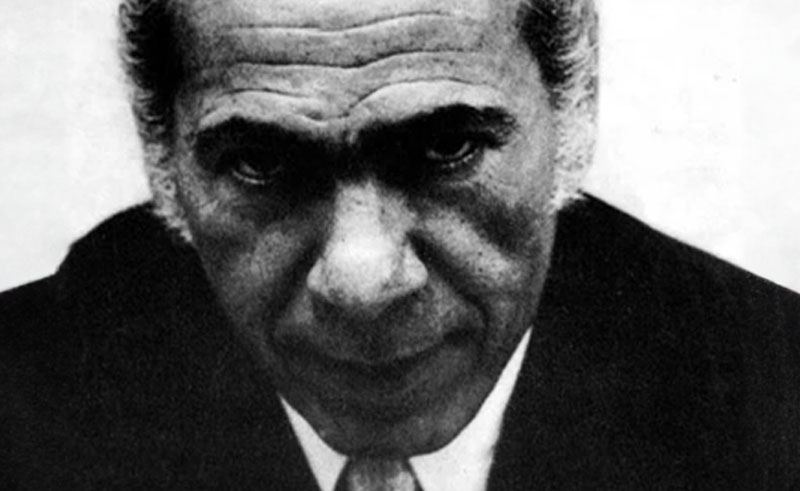
- Previous Article Italian-Palestinian Duo No Input Debuts Eponymous Electro EP
- Next Article Egyptian Embassies Around the World
Trending This Week
-
Dec 22, 2024
-
Dec 26, 2024







